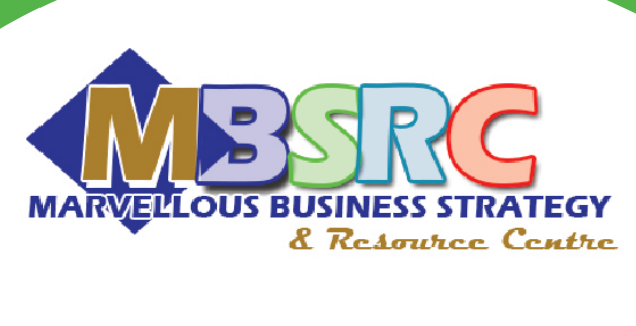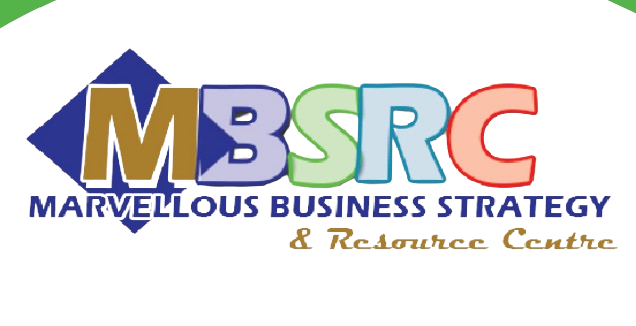Course Outlines
1. Essentials of Leadership
Target Group:
CEOs, HODs, Country Managers, Chief of Party, Managers, Project Managers/Coordinators, Administrators, HR Managers, Coordinators, Admin Coordinators, Advocacy and Communication Managers
Objectives:
- Define Leadership and explain its foundation in power, vision, and service
- Identify key leader behaviors that impact effectiveness
- Identify major contingencies that impact Leadership effectiveness
- Understand the challenges of personal leadership development
Outline:
- Definitions and nature of leadership
- Traits of an effective leader
- Theories of Leadership
- Styles of Leadership
- Leadership and power
- Leadership and Vision
- Leadership and Service
- Leadership and followership
- Leadership behaviors
- Contingency Approaches to leadership
- Fielder’s Contingency model
- Hersey-Blanchard situational leadership model
- House’s Path-Goal leadership theory
- Leader-Member exchange theory
- Leader participation model
- Leadership Competencies
- Blake and Mouton’s Leadership grid
- Personal leadership development
- Charismatic and transformational leadership
- Emotional intelligence and leadership
- Gender and leadership
- Moral leadership
- Peter Drucker’s ‘good-old fashioned’ leadership
- Leadership and communication
- Strategic thinking in leadership
2. Essentials of Quality Management
Target Group:
CEOs, HODs, Project Managers/Coordinators, Quality Managers, Marketing Managers, Quality Engineers, Public Relations/Communication Managers
Objectives:
- Define quality and understand the dimensions of quality
- Understand the importance of Quality Management to organizations
- Understand how to incorporate Quality in the strategic plans
- Appreciate the contributions of quality Gurus
- Learn and apply quality problem detection tools
- Learn and apply quality improvement models
- Understand the unique nature of services and how to enhance the quality of service delivery
Outline:
- Definitions of quality, dimensions of quality, and importance of Quality Management
- Contributions of Edward Deming, Joseph Juran, Philip Crosby, and Ishakawa
- Quality costs, models of problem detection/root cause analysis
- Quality Management Systems - Quality Control, Quality Assurance, and TQM
- Obstacles to implementing TQM in Organizations
- Quality improvement models: Kaizen, Lean Six Sigma, Poka Yoke, and other models
- Quality of services, characteristics of service, and how to enhance the quality of services
- ISO, History, and Standards
- Quality and competitive Advantage, Strategic quality planning
3. Financial Management for NGOs
Target Group:
CEOs, Country Managers, Chief of Party, Finance Coordinators/Managers, Administrative Coordinators, Finance Officers, Project Managers
Objectives:
- Understand the principles of financial Management for NGOs
- Understand the objectives of financial Management
- Understand the scope of financial Management
- Understand the needs of various stakeholders
- Learn how to do financial forecasting/budgeting for NGOs
- Understand how to manage financial risks
- Appreciate the building blocks to sound financial management
Outline:
- Definition and nature of financial management for NGOs, characteristics of NGOs
- Role of financial Management, role of finance Manager, different stakeholder needs - the community, the government, the donors, the beneficiaries
- Financial forecasting for NGOs, nature, objectives, and tools
- Risks in Financial Management, internal risks, external risks, financial and non-financial risks, risk Management strategies
- Building blocks to sound financial Management, essentials of a good financial Management System
- Working Capital Management, objectives, Models for managing Cash, models for managing Inventories
4. Essentials of Strategic Management
Target Group:
CEOs, Board Members, Country Managers, Chief of Party, Senior Leadership Team Members
Objectives:
- Understand the nature and importance of strategic management
- Understand how to set visions, missions, objectives, and goals
- Understand the nature of the internal and external environment
- Understand how to use SWOT matrix in strategic planning
- Understand the models used in strategic planning
- Formulate, implement, and review a strategy
- Apply the balanced scorecard in strategy implementation
Outline:
- Definitions of strategy, Mintzberg’s Ps of Strategy, importance of Strategy, Strategic planning, benefits of strategic planning, and bottlenecks to strategic planning
- Environmental scanning, Micro-environment, Macro-environment, PESTEL Model, SWOT Analysis
- Strategic planning process
- Strategy formulation, vision, mission, objectives, Strategy, Activities, and outcomes
- Strategy Implementation, resources, Strategy implementation Actions, Potential Implementation Problems
- Strategy Evaluation and Control, Nature of Evaluation, evaluation Process, Measurement of performance, Techniques of strategy Evaluation
- Risks in Strategic planning
- Models used in Strategic Management: BCG Matrix, Pricing Matrix, PESTEL, SWOT matrix, Balanced Scorecard, General Electric Model, Ansoff’s Matrix for Growth
5. Entrepreneurship and Financial Literacy
Target Group:
Project Managers, Training Facilitators, Business Coaches, Finance Coordinators, Program Managers
Outline:
- Ways of Generating new business ideas
- Creativity and innovation
- Characteristics of a good business opportunity
- Factors considered in Starting a business
- Developing business plans
- Sourcing for finance for new business ventures
- Preparing basic financial statements
- Personal finance, savings, investments, and retirement planning
- Developing personal budgets
6. Strategic Change Management
Target Group:
CEOs, Country Managers, Directors, Senior Leadership Team, Division Managers, Chief of Parties, HODs, Project Managers/Coordinators
Outline:
- Definitions of change and change management
- Various Types of Change and Their Drivers
- Change manager characteristics
- The Change Process
- Change Associated with People
- Undertaking Change Leads
- Decision Making and Motivation
- Understanding Performing Teams
- Overcoming resistance to change
- Organizational Leadership
- Process & Structures In Organizations
- Conducting a risk assessment
- Effective Leadership and Creative Problem Solving
- Culture, Change, and Organizational Values
- Understanding Change Management
- Implementing Organizational Changes
7. Enterprise Risk Management
Target Group:
Board Members, CEOs, HODs, Country Managers, Directors, Chief of Parties, and Senior Leadership Team
Outline:
- Definitions of Risk
- Definitions of ERM
- Importance of ERM
- ERM framework
- Risk management process
- ERM strategy and Value
- Responsibility for risk Management
- Internal Environment
- External environment
- Objective setting
- Determining risk appetite
- Risk Identification
- Risk assessment
- Risk Response
- Risk control
- Risk Monitoring
- Communication results
- Management oversight and periodic review
- Internal auditors and value addition

